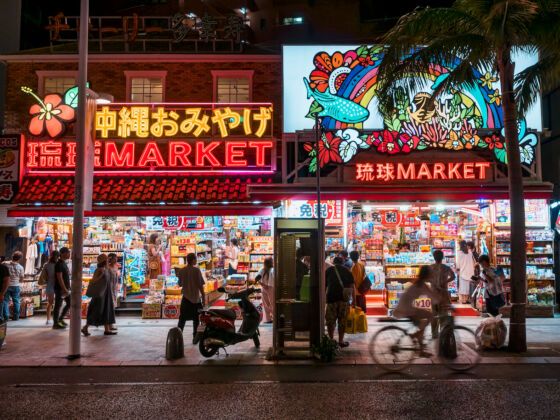1. Don’t… expect a modern Japanese lifestyle
Mainland Japan is all about efficiency and neon. Elaborate transport systems link destinations with amazing speed. Trains leave on the dot, fast food is served before you can blink, and lights emerge full force at dusk.
But that’s mainland. Okinawa is a different entity.
